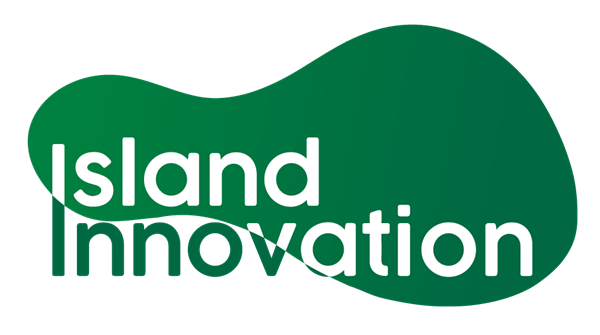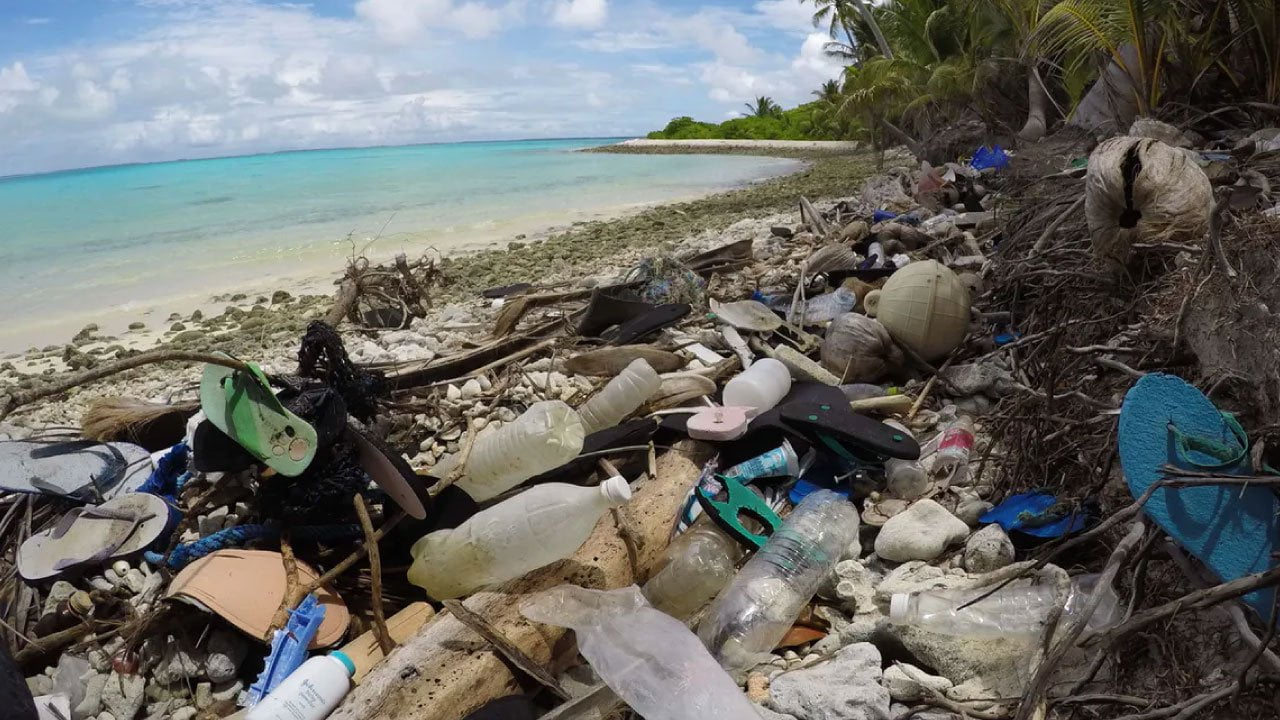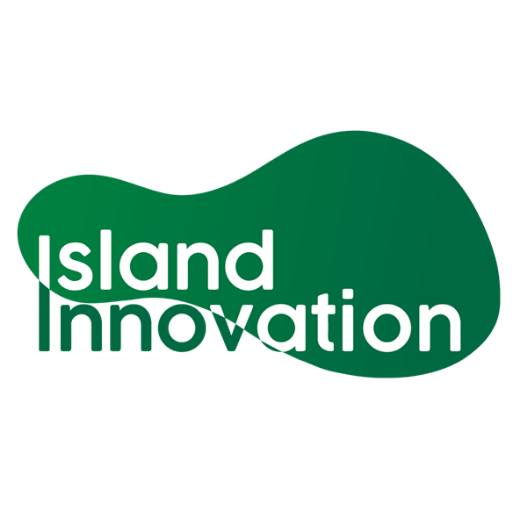On average, small island developing states (SIDS) produce 2.3Kg of waste per person per day, which is 48% higher than the individual average set by the Organization for Economic Co-operation and Development (OECD). The unique environmental, economic, and social characteristics of SIDS makes the management of waste a challenging endeavor. Insufficient human and financial resources, high population density, and increasing amounts of imported goods are some of the paramount challenges compounding the problem of waste management.
It’s possible that the high waste levels can be partially attributed to the tourism sector. The unique biodiversity and small sizes of SIDS make them some of the world’s most sought after destinations for tourists, with tourism representing over 30% of total exports. However, the waste produced by tourists activities could cause harm that is neglected in the overall economic figures. While SIDS have developed many initiatives over the years to tackle waste management, many of these programs have not been effective due to an ever-increasing increasing tourist population. However, many islands are looking for new solutions, and recent initiatives present an opportunity to tackle the issue in new ways.
One such initiative is the Pacific-European Union Waste Management Programme (PacWaste Plus). Funded by the European Union, the program focuses on building capacity in the Pacific Islands to manage waste in an environmentally sound manner. Another recent initiative is the Implementing Sustainable Low and Non-Chemical Development in Small Island Developing States (ISLANDS). Launched in August this year, ISLANDS is on a mission to support SIDS in the Indian Ocean, the Caribbean, and the Pacific to control the increasing impact of chemical and wastes on their unique environments. Running for five years, the $450 million initiative will, as part of its objectives, eliminate 9,000 metric tons of contaminated material and over 150,000 metric tons of marine litter from the Caribbean region and many other parts.
These initiatives and many others serve as not just motivation, but also the starting point for island communities and nations to rethink their waste management initiatives and rally together to find amicable solutions. These initiatives would also help create the enabling and legislative environment towards a pollution-free future for all SIDS.




